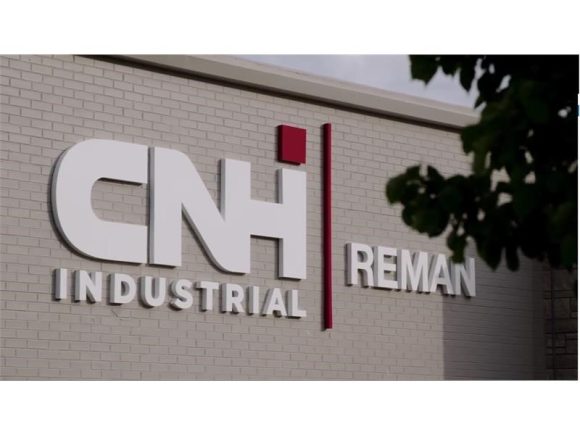Basildon, July 6, 2023
CNH Industrial Reman supplies farming and construction customers with remanufactured parts, saving them money and reducing delivery times. Its circular remanufacturing process also uses 80 percent less energy than producing new parts
There is no doubt that remanufacturing will be an integral part of a sustainable future. Thirteen years ago, CNH Industrial reported sales of around $35 million per year from remanufactured parts. Then, in 2009, the Company set up CNH Industrial Reman, a joint venture with Springfield Remanufacturing Corp. (SRC), which now has annual sales of more than $160 million.
The number of employees at Reman has grown from nine to three hundred people since its launch.
Bruce Krueger, General Manager of CNH Industrial Reman North America, cites two reasons for the successful expansion — the combination of the strengths of both partners and the fact that the joint venture has a high degree of independence within the Company.
“SRC has the remanufacturing know-how and an entrepreneurial culture. We’ve got the brand loyalty, the distribution, and the partnerships, so leveraging the strengths of both partners enables CNH Industrial Reman to better focus on our customers to exceed their expectations,” he says.

